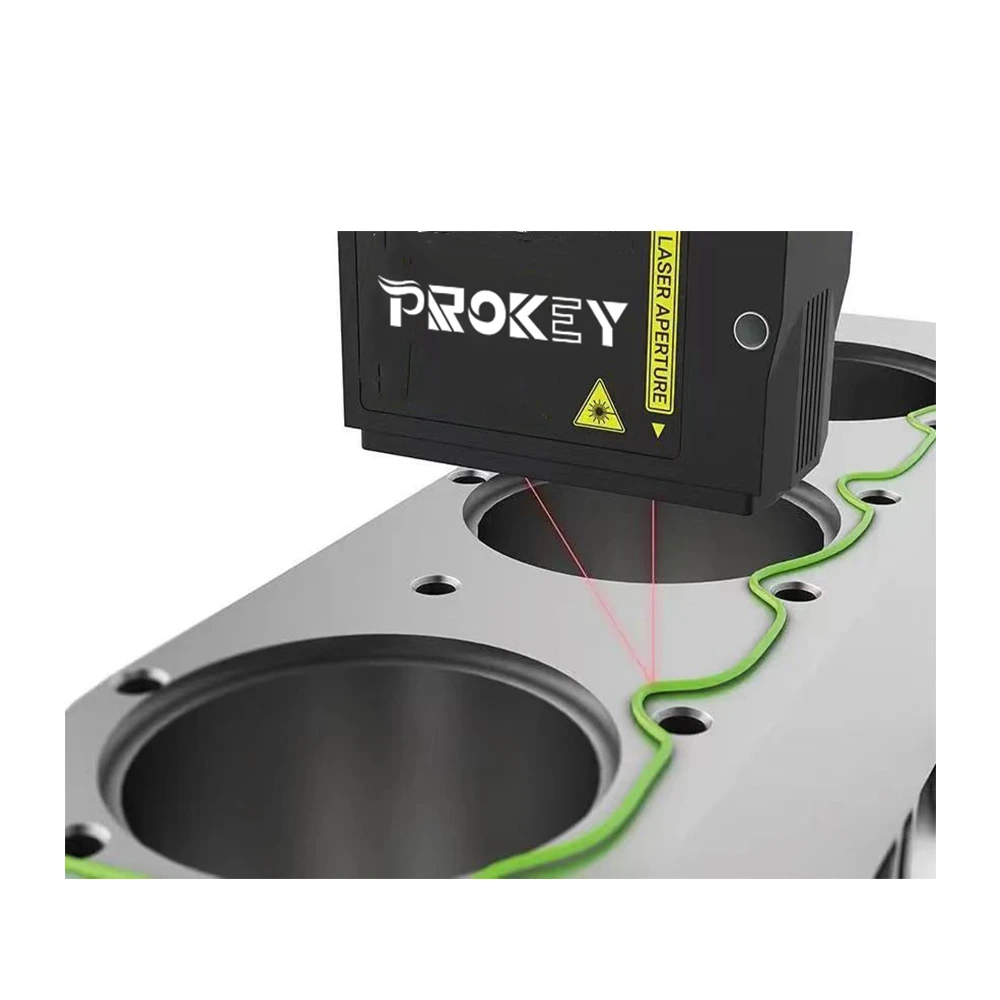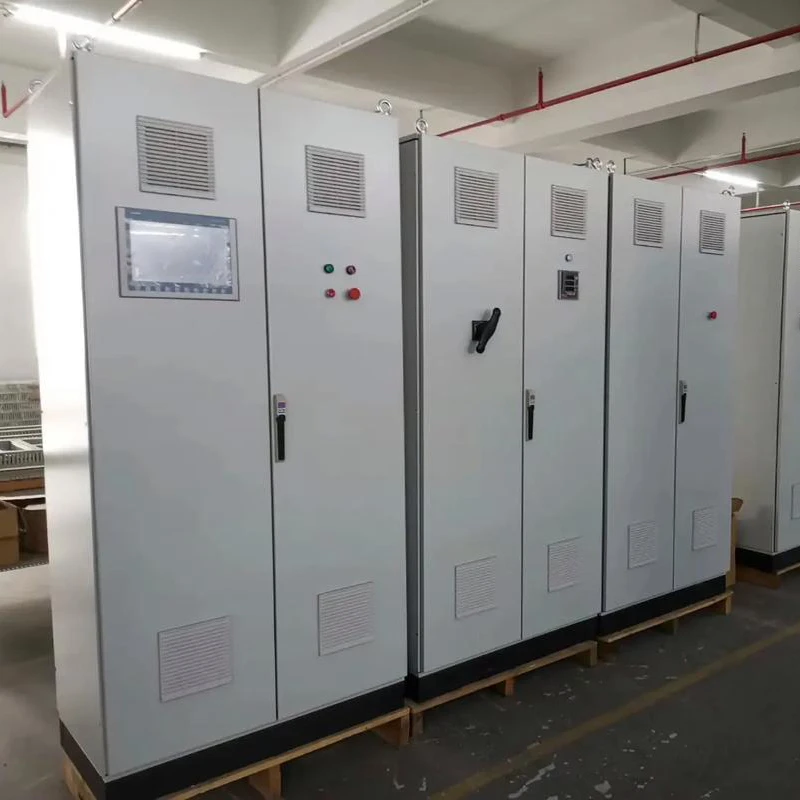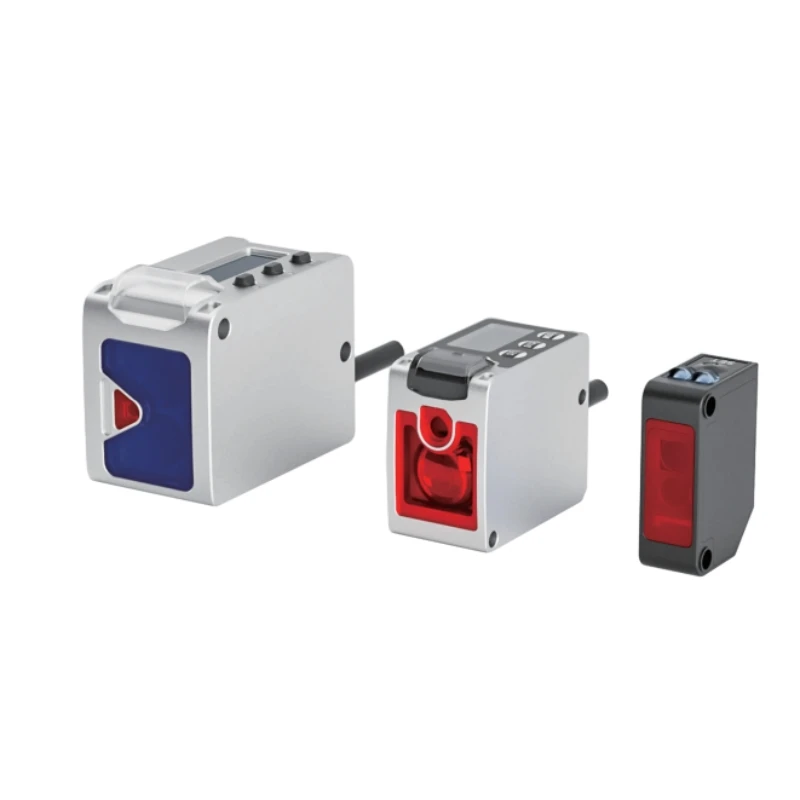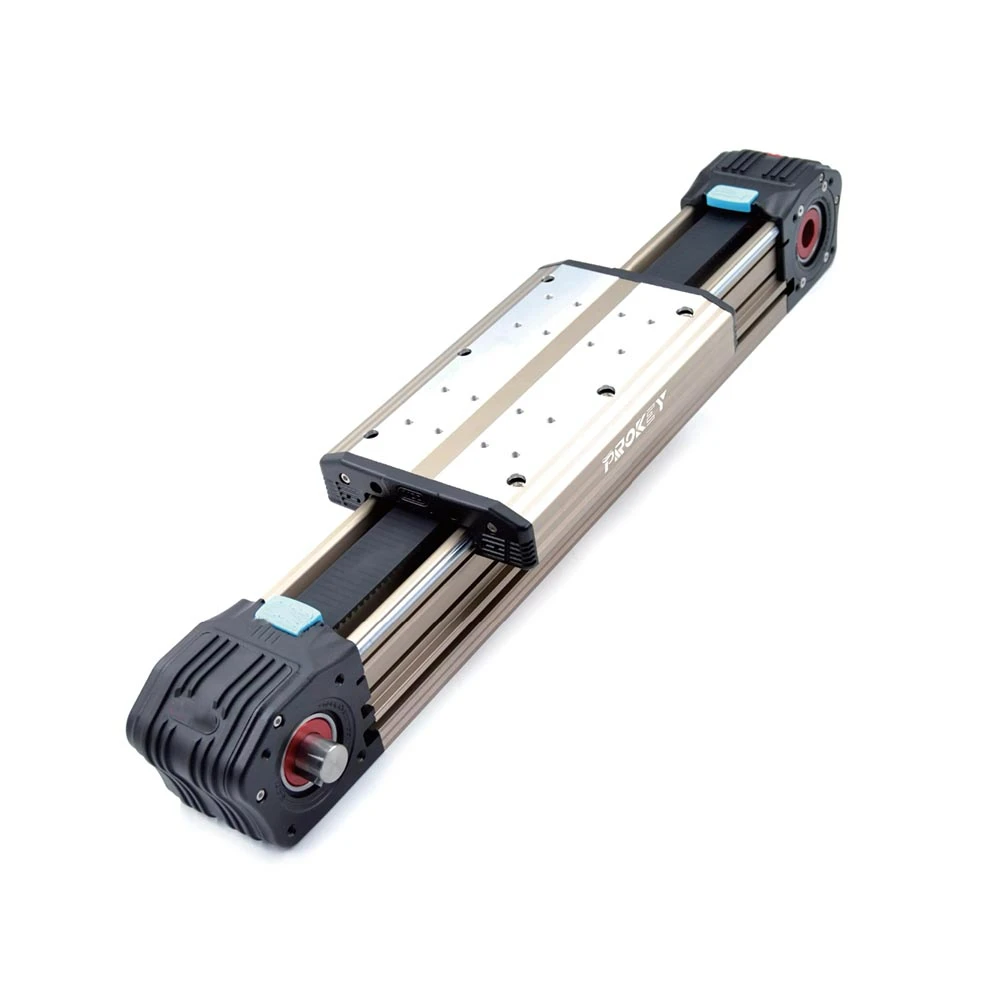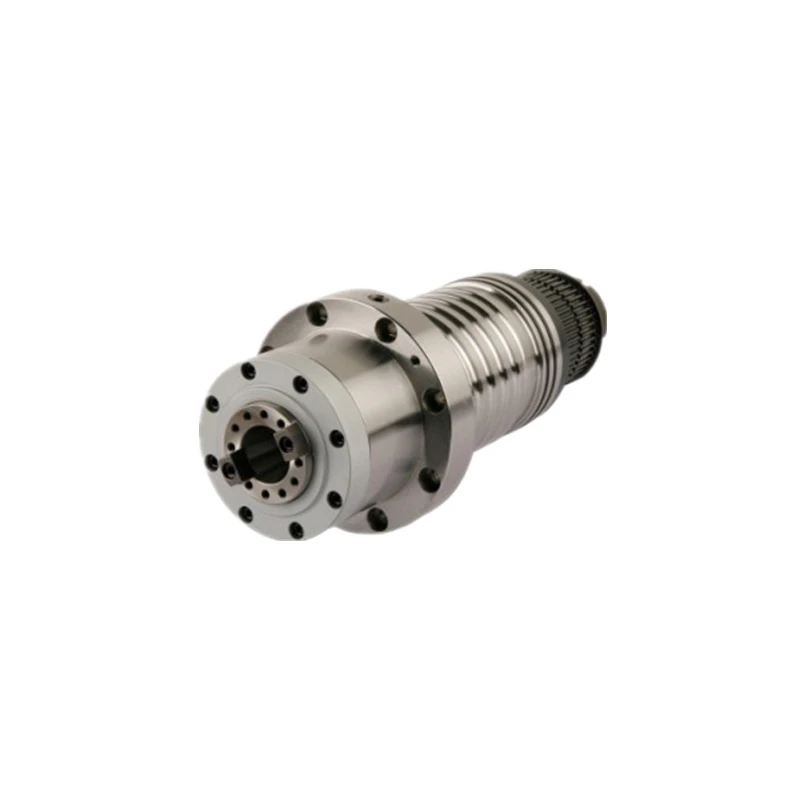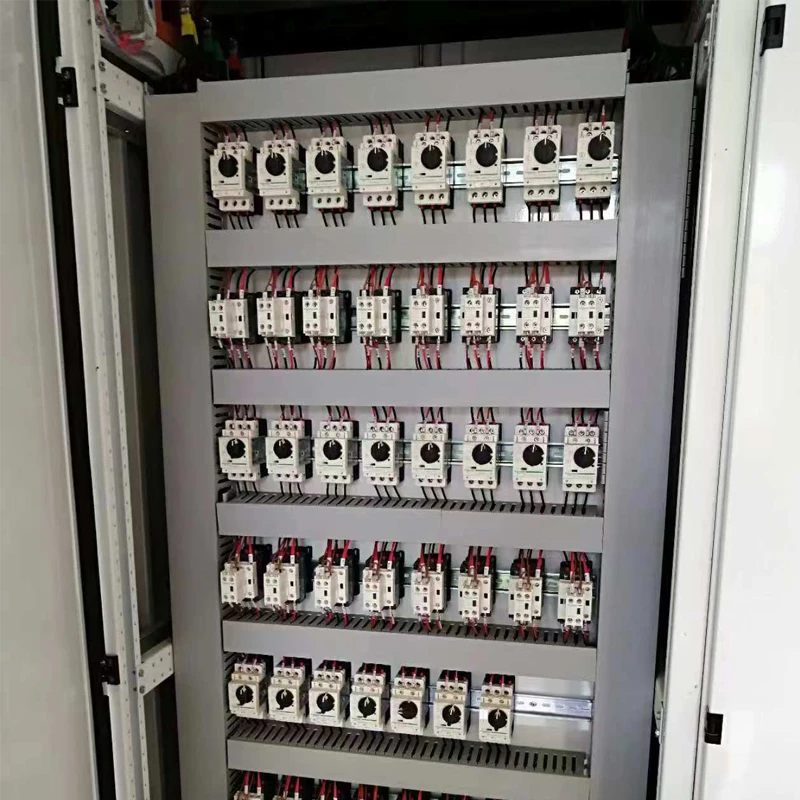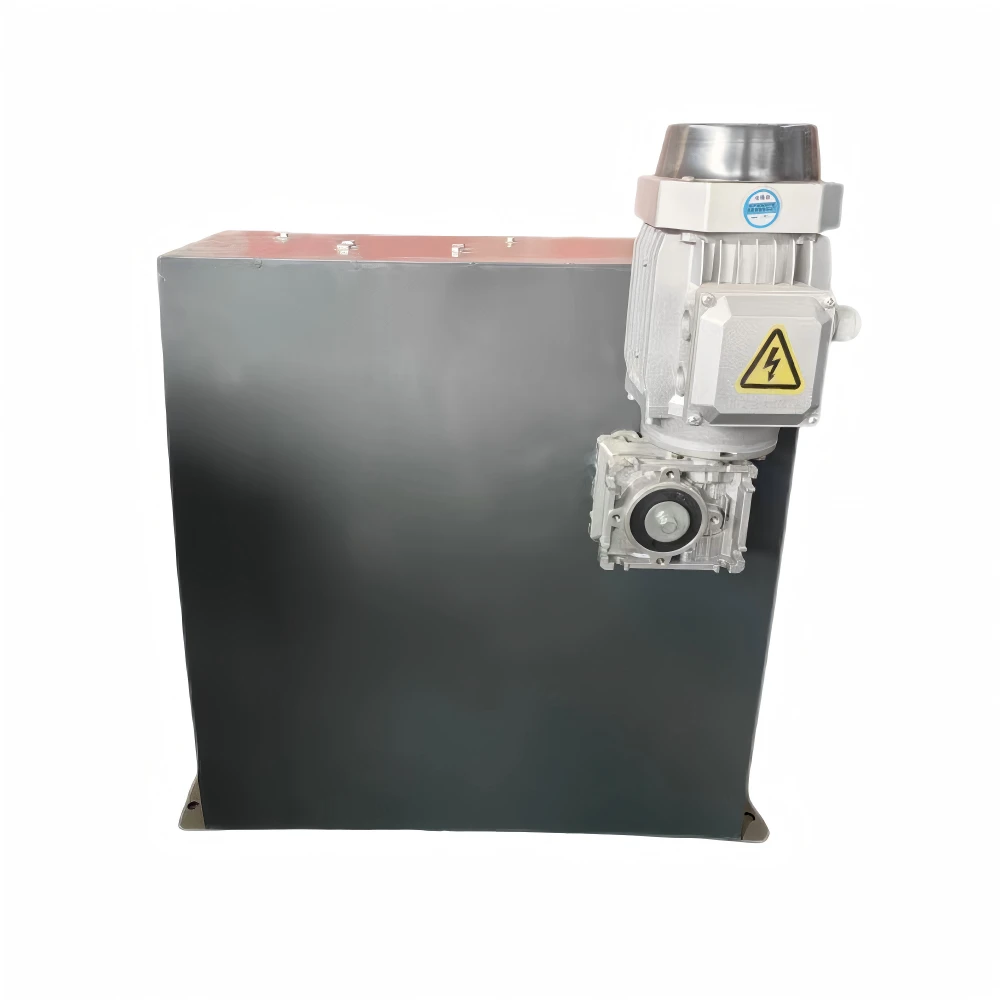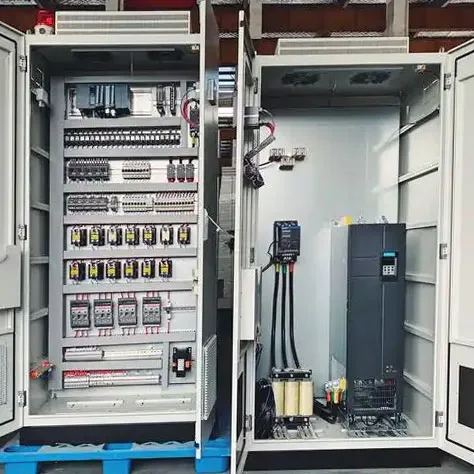11 月 . 29, 2024 10:51 Back to list
Simplify Complex Tasks with Programmable Robotic Arm Technology
Programmable robotic arm technology is redefining the landscape of modern automation by enabling precision, flexibility, and efficiency across industries. From the precision of articulated robot arms to the collaborative power of collaborative robot arms, these tools are becoming indispensable for solving complex tasks. Innovations like the AI robot arm and advancements in hydraulic robot arms expand their application areas, offering unprecedented accuracy and reliability. Let's explore how these technologies are simplifying operations and boosting productivity.

Enhancing Efficiency with Collaborative Robot Arms
The rise of collaborative robot arms, or cobots, is transforming workplaces by enabling humans and robots to work side by side. These robotic arms are designed to perform repetitive or hazardous tasks while ensuring safety for their human counterparts. With built-in sensors and real-time responsiveness, collaborative robot arms are particularly effective in manufacturing, logistics, and healthcare.
Unlike traditional industrial robots, cobots are versatile and can be easily reprogrammed for different tasks, making them ideal for small businesses seeking cost-effective automation solutions. Their user-friendly interfaces and enhanced safety features allow seamless integration into diverse environments, significantly improving operational efficiency.
Precision Robotic Arms: Unmatched Accuracy for Intricate Tasks
Precision robotic arms excel in tasks requiring exacting accuracy, such as electronics assembly, surgical assistance, and laboratory automation. Equipped with advanced motion control systems, these robotic arms can handle minute components with unparalleled steadiness and precision.
Industries like aerospace and microelectronics rely heavily on these systems to maintain high-quality standards while minimizing human error. Modern precision robotic arms integrate vision systems and machine learning capabilities, enabling them to adapt to complex tasks and improve their performance over time.

Advancing Automation with AI Robot Arms
The integration of artificial intelligence in robotics has given rise to the AI robot arm, which brings adaptability and decision-making capabilities to automation. Unlike traditional programmed robots, AI robot arms can analyze data from their environment, learn from it, and adjust their actions accordingly.
Applications for AI robot arms span from autonomous warehousing operations to dynamic customer service roles. These robots can assist with predictive maintenance in industrial settings, ensuring machines run efficiently and reducing downtime. By leveraging AI, robotic arms continue to expand their scope, proving vital for future-ready businesses.
The Strength and Reliability of Hydraulic Robot Arms
In industries requiring heavy-duty operations, hydraulic robot arms offer unparalleled power and durability. These robotic systems utilize hydraulic actuators to lift, move, and manipulate heavy loads with ease, making them ideal for applications like construction, mining, and shipbuilding.
Hydraulic robot arms are designed to withstand harsh environments and maintain consistent performance under extreme conditions. Their robust design ensures reliability, while advancements in hydraulic technology have made them more energy-efficient and precise.

Versatility in Motion with Articulated Robot Arms
The articulated robot arm remains a staple in automation due to its flexibility and range of motion. With multiple rotating joints, these arms can replicate the dexterity of a human arm, making them suitable for complex operations such as welding, painting, and material handling.
Articulated robot arms are commonly used in automotive manufacturing, where their adaptability ensures they can handle various components and assembly processes. Recent innovations have made these arms lighter and more energy-efficient, further enhancing their usability in diverse industrial settings.
Programmable robotic arms are at the forefront of technological innovation, offering solutions to some of the most challenging tasks in industries today. From the collaborative efficiency of collaborative robot arms to the adaptability of AI robot arms, and the precision of articulated robot arms, these technologies continue to shape the future of automation. As advancements in robotics accelerate, the potential applications of programmable robotic arm technology will only expand, delivering smarter and more efficient solutions for businesses worldwide.
-
Why Steel Mills Rely on FODA’s High-Temperature Cylindrical Roller Bearings?
NewsApr.10,2025
-
What is a Plain Bearing? A Complete Guide to Design & Functionality
NewsApr.10,2025
-
Thrust Ball Bearings vs. Tapered Roller Bearings: FODA’s Performance Comparison
NewsApr.10,2025
-
The Engineering Behind FODA Thrust Ball Bearings: Precision for High-Speed Applications
NewsApr.10,2025
-
No More Compromises: Get Precision-Engineered Custom Bearings Tailored to Your Exact Specifications
NewsApr.10,2025
-
In-Depth Analysis: Application Differences of Different Types of Angular Contact Ball Bearings
NewsApr.10,2025
Products categories



